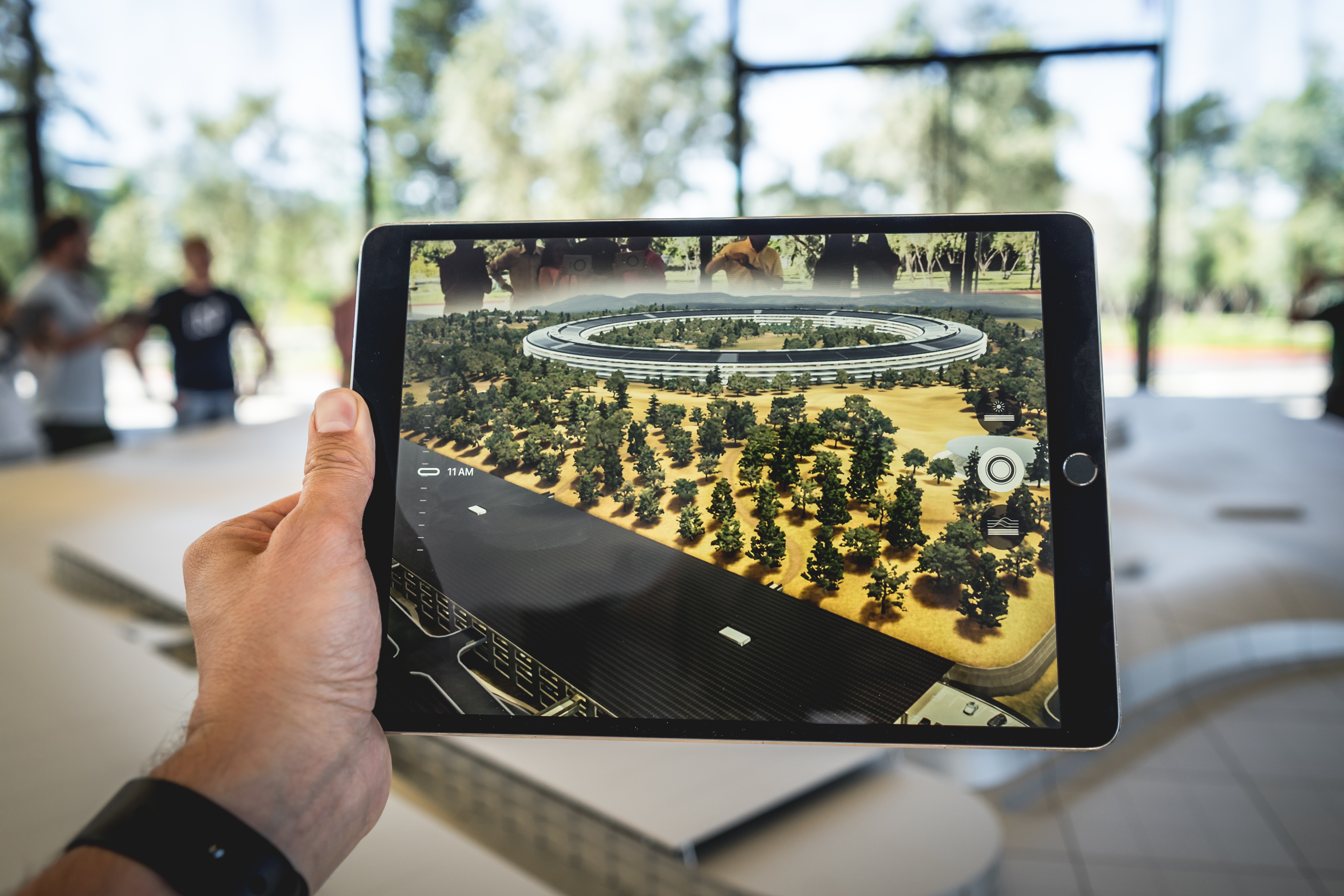Selling Point: A Match Made In Marketing Heaven

We’ve all heard the term “augmented reality.” And many of us have likely downloaded and experienced some of its key features. But what is it, really?
Differing from virtual reality, augmented reality (AR) allows consumers to interact directly with a brand, campaign or promotion in a virtual space. Simply put: using a smart phone or related device, AR can change the look of the user’s surroundings or add key features to it. An article in Food Processing offers the example of a grocery aisle void of promotions, but after downloading an app and looking at the aisle again on the screen, users can see these promotions, along with recipe cards and other marketing initiatives visible only through the app.
Not only does AR offer an innovative way to propose promotions, but to enhance experiences. Meow Wolf, an immersive experiences destination in Santa Fe, New Mexico, is an artistic walkthrough complemented by a sci-fi story, inviting participants to search for clues and solve a mystery. The experience is coupled by an AR phone app, which identifies anomalies hidden throughout the walkthrough that are only viewable through a smart phone. When located, these anomalies provide the user with additional clues.
Despite the obvious “oomph” that AR can add to campaigns and experiences, nearly two-thirds of companies in the U.S. don’t use AR, according to Food Processing. This contradicts user preference, as the source also reported that 61 percent of consumers prefer in-store AR experiences, and 40 percent would pay more for a product that entails AR functions. There are also other benefits to AR aside from the experience itself. Using AR in a grocery store, for instance, would remove the clutter of promotions, informational signs, such as “Sourced Locally,” and other distractions crowding the aisles—and it would eliminate the use of paper in these promotions, offering an eco-friendly option.
And, arguably, they’re also fun, adding a game-like element to the user experience, as well as an incentive to visit brick-and-mortar locations. Department store chain Macy’s uses AR as a way for consumers to sample cosmetics. By downloading a mobile app, the user can “sample” more than 1,000 cosmetics without having to physically smudge on shade after shade, or lug home a bag of sample products. Home improvement brand Lowe’s added a new component to its existing app, which allows consumers to see how products would look in their outdoor spaces. Apparel retailer Lacoste created its LCST Lacoste AR mobile app, which permits customers to virtually “try on” shoes and interact with window displays, in-store promotional signage and postcards.
––––––––––––––––––––––––––––––––––––––––––––––––––––––––––––––––––––––
Danielle Renda is associate editor of PPB.

